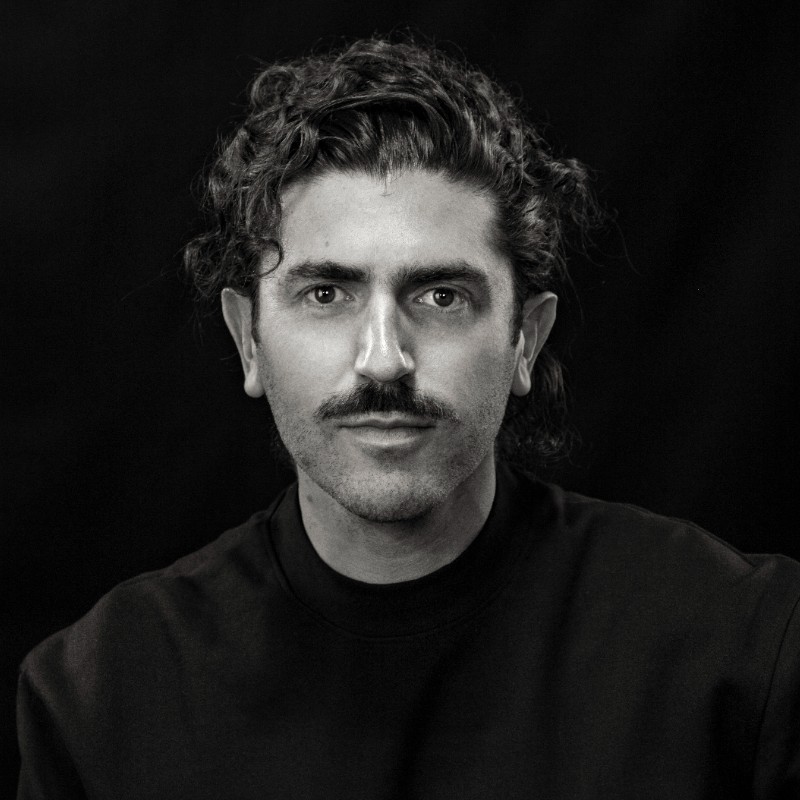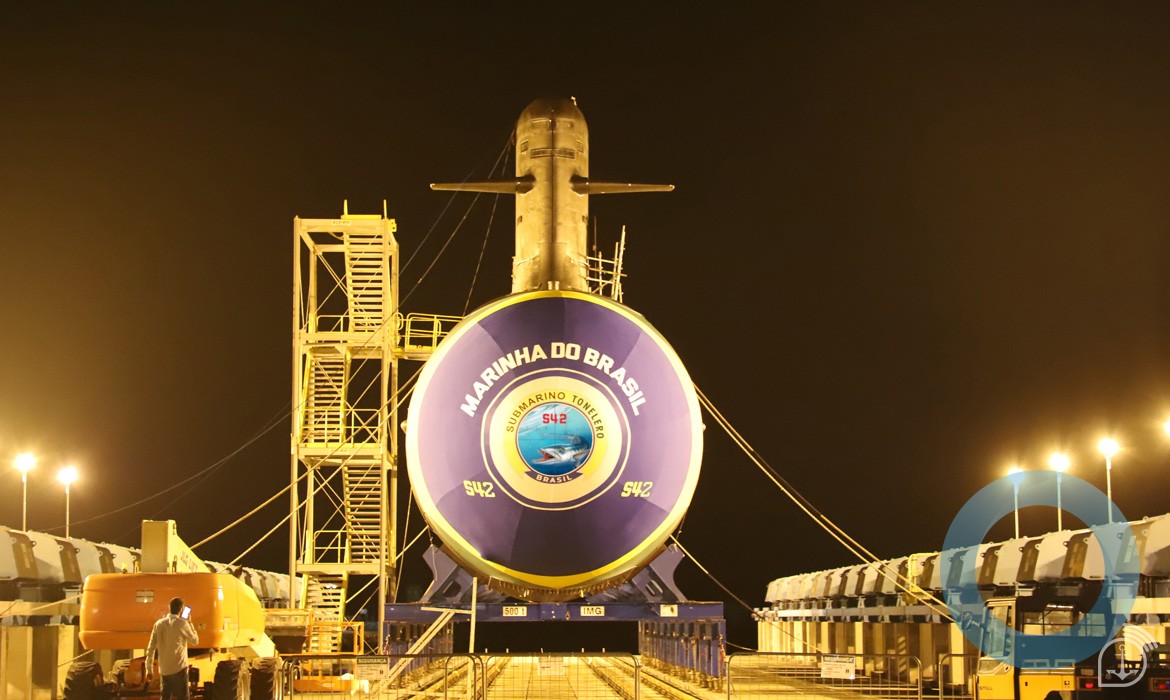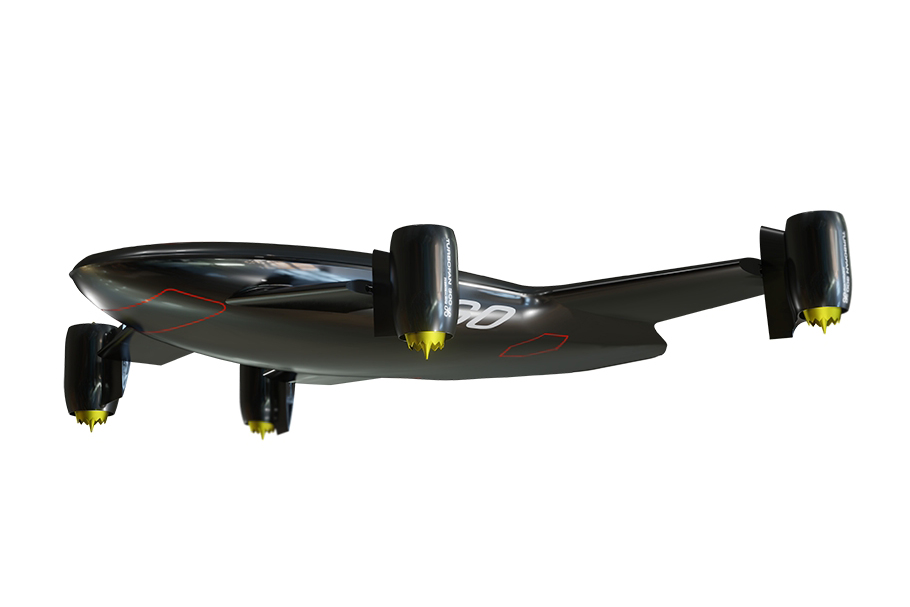At the end of the sixties, when national car production was emerging, the German engineer Dieter Herber, who lived in Colombia, undertook the creation of the
Cacique Tayrona. His motivation was to create a national sports car for the street and competitions, given the difficulty of importing them.
.
Three friends financed him, one of them Dr. Ignacio Berraquer, son of the founder of the clinic that bears his last name in Bogotá and in whose basement the vehicle in question was assembled. The body, made of fiberglass and inspired by the Ferrari P4, was created and produced in these facilities... from where it came disassembled to be finished in a warehouse in Chía.
.
The car was mounted on a tubular chassis, and inside, there was a 1.5-liter V4 central engine from the Ford Taunus. According to Herber, cited by Motor, between five and six units of the Cacique Tayrona were produced at prices lower than those of a new Renault 4. Two units survive.
“The Colombian Economic Car” was a project created by a team of independent designers, Industrial Design students from the National University, led by the French industrial designer Dominique Billioté. This last piece of information sheds light on what it was: a Creole and expanded version of the Renault 4.
.
The project was presented in March 1987. It included an urban version, a hatchback, a family car, a pick-up and a van. Renault-Sofasa provided engines and platforms to the project. A high degree of integration of national parts was expected, which would result in a price 30% lower than the cheapest car at the time, which was... yes, the same Renault 4.
.
The equipment would include rubber or fiber mats, luxury seats in cordovan or cloth, heating, radio pre-installation, glove compartment, headrest, two rear-view mirrors and two-tone paint. Renault-Sofasa would enter as an investment partner, but things did not happen. To date, it is not known why.
Steed Cargo 1.6 (1992)
The Corcel vehicle plant was a venture by Valle del Cauca industrialist Raúl Grajales, which was unveiled in September 1992 and whose center was the Corcel Cargo 1.6, a very particular cargo vehicle.
.
Designed by Luis Alfonso Calderón, it was a mix of many things: the cabin of a Mazda B2000, the front axle of a Chevette and the rear axle and suspension of a VW Beetle 1600. From the latter, the engine and box also came. The front was flat, with the lights embedded in the body.
.
It would compete with the motocars of the time, but according to Motor, the media that reported it at the time, the thing did not go beyond a few prototypes.
It was not one, but several cars, all with three wheels and built by the Yakey firm in Floridablanca, Santander. The first prototype was the Salamandra Lexion, a small electric car that was presented in April 2009. It had a range of 75 kilometers and could be recharged at a 110V household outlet.
.
The project was led by businessman William Mercay, who promoted its development with young technicians who graduated from the Sena. And since at that time electric mobility did not exist in Colombia, gasoline versions with a 225 c.c. engine were also planned. and 14 hp; or hybrids, gasoline and… hydrogen!
.
From the first model, a wide range of vehicles emerged: Scorpion Motocarro, Tri0 Sport (short), Tri0 (long) and Ultra. The latter had an electric version with 90 km of autonomy. In 2011 prices ranged from $12.8 to $68 million, about 22 to 128 million current pesos. The project continued for a couple of years, but was not continued.
Más allá de la industria, se ha intentado crear marcas y modelos propios de carros en Colombia. Hoy 20 de julio, recordamos algunos de ellos.
www.elcarrocolombiano.com









